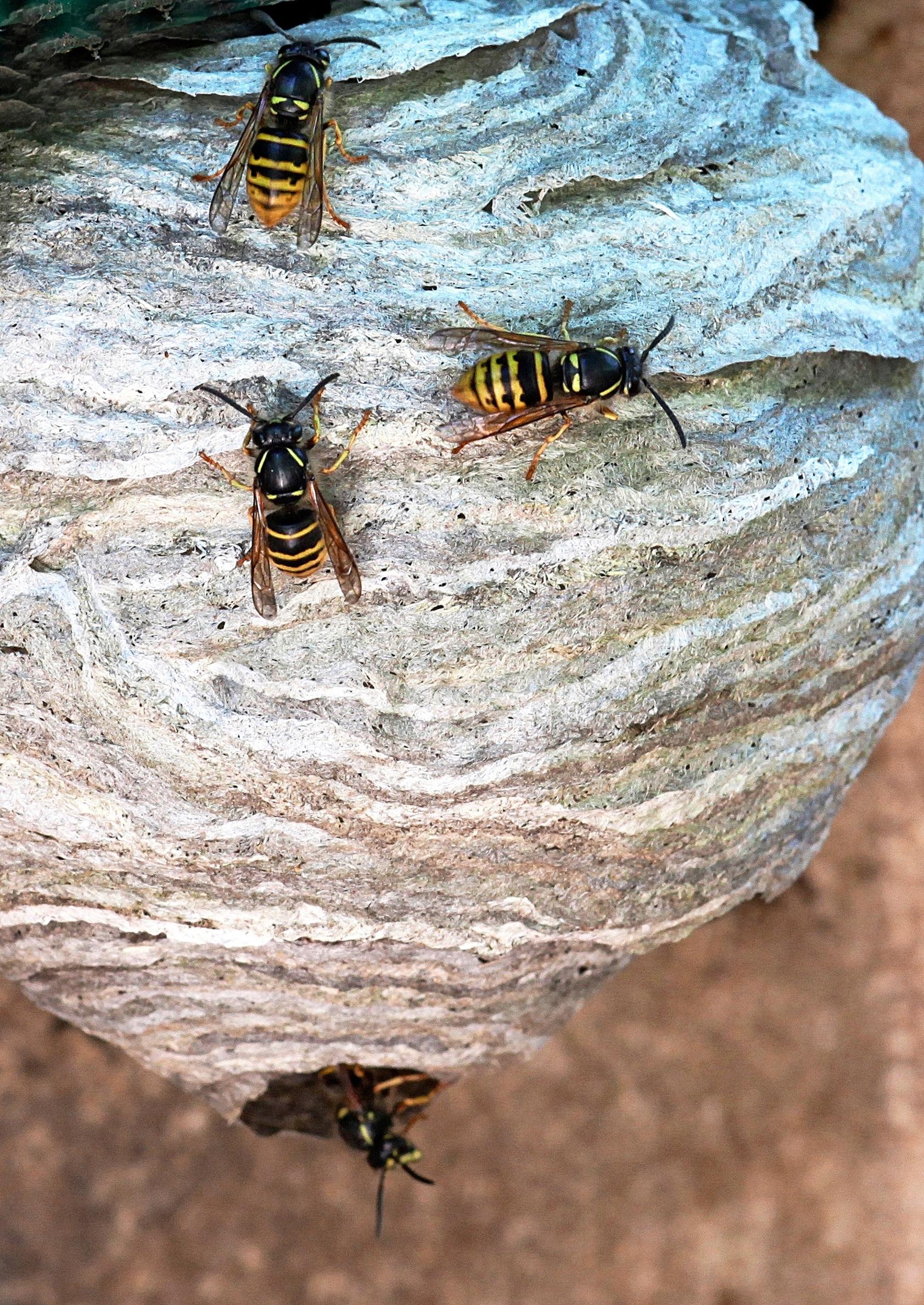
Insects are driving you crazy? See our tips for repelling them naturally
Mosquitoes, horseflies, ants, and wasps! It’s hard to appreciate the company of stinging, buzzing, and scurrying insects, but protecting yourself is often a better choice than wiping them out completely.
Along with the joys of Finnish summer come insects that, at worst, can make being outdoors an ordeal and cause trouble inside the house or cottage. If you want to leave pesticides on the store shelf, what natural solutions are there to keep insects at bay?
A straightforward, pesticide-free method is to remove a wasp nest. If you notice the start of a nest when it’s still small, you can carry it away in a container with a lid. However, if it’s hidden inside a wall, it can only be destroyed with chemicals, and you can find approved pesticides on your local food authority websites.
Many people want to get rid of wasps, but if you can tolerate them, it’s better to leave the nest in place: in spring, wasps serve as helpful pollinators, and their offspring reduce pests by eating plenty of larvae and other insects.
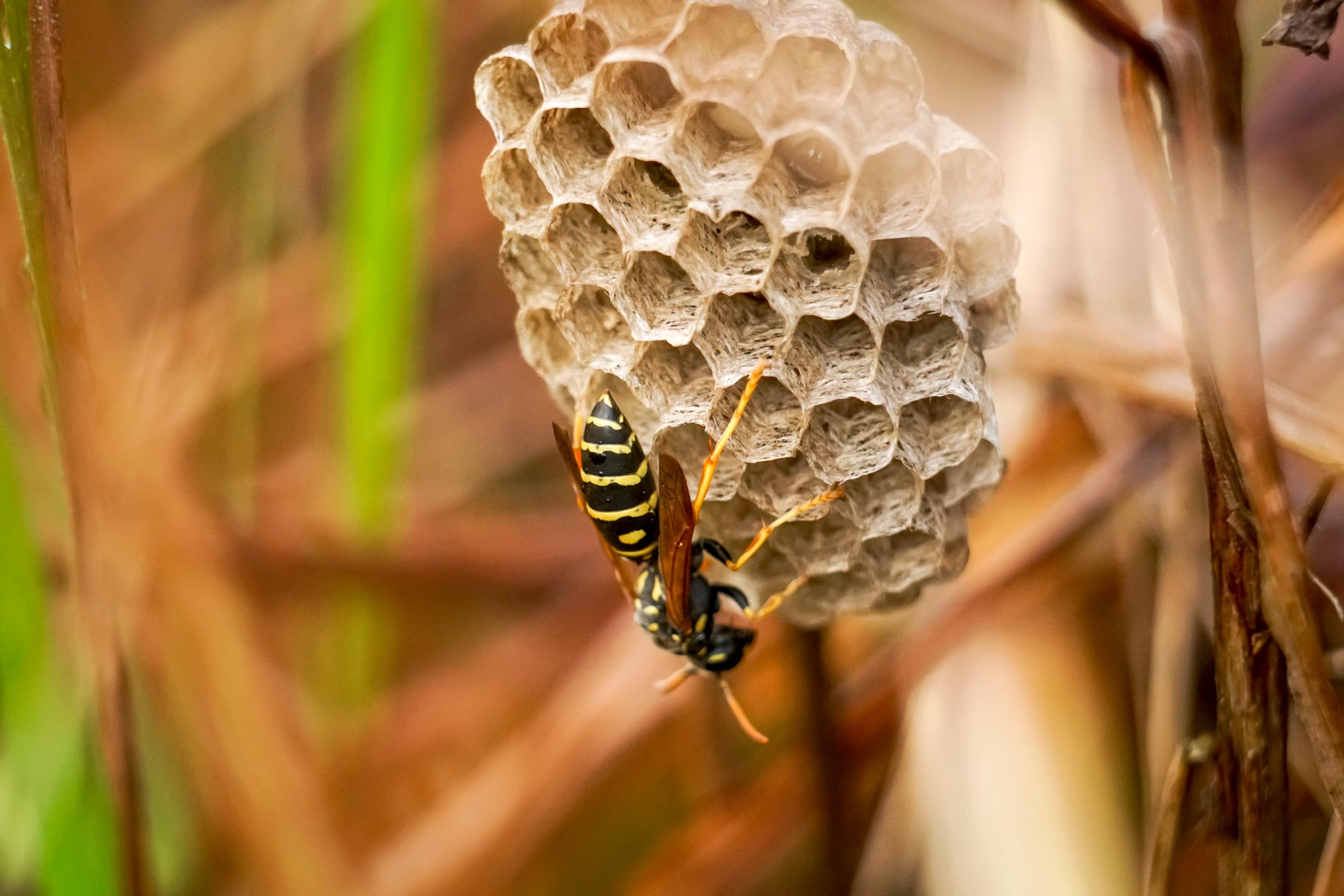
Carrying them away is also effective for honeybee and bumblebee nests, which often need to be dug up from the ground with a shovel. After that, you should adjust yard conditions so the colony won’t return—for example, by adding moisture to clay soil. Once the nest has been moved, they won’t come back to it.
It’s also worth changing conditions if you want to get rid of black ants (also called black garden ants) scurrying through your cottage yard. They may think twice once the soil is made harder to work, for instance by adding clay. That way, they can’t build the airy mounds they prefer.
If black ants are invading the cottage, you can soak the foundation perimeter with water mixed with an approved pesticide. Since there usually aren’t many plants in that area, the local soil life won’t be harmed as much as it would in, for example, a flower bed.
On the other hand, it may be beneficial to tolerate ants, since a medium-sized ant nest gathers about 30 liters of insects over one summer, helping to control pests. The ant species that’s especially risky for buildings is the carpenter ant. If it appears, it’s best to contact a professional.
Another unwelcome guest on Finnish lawns is the fire ant genus, which is particularly hard to eradicate. These stinging little creatures nest in the grass and can handle a broad range of conditions. Usually, the only real way to remove them is with an approved pesticide.
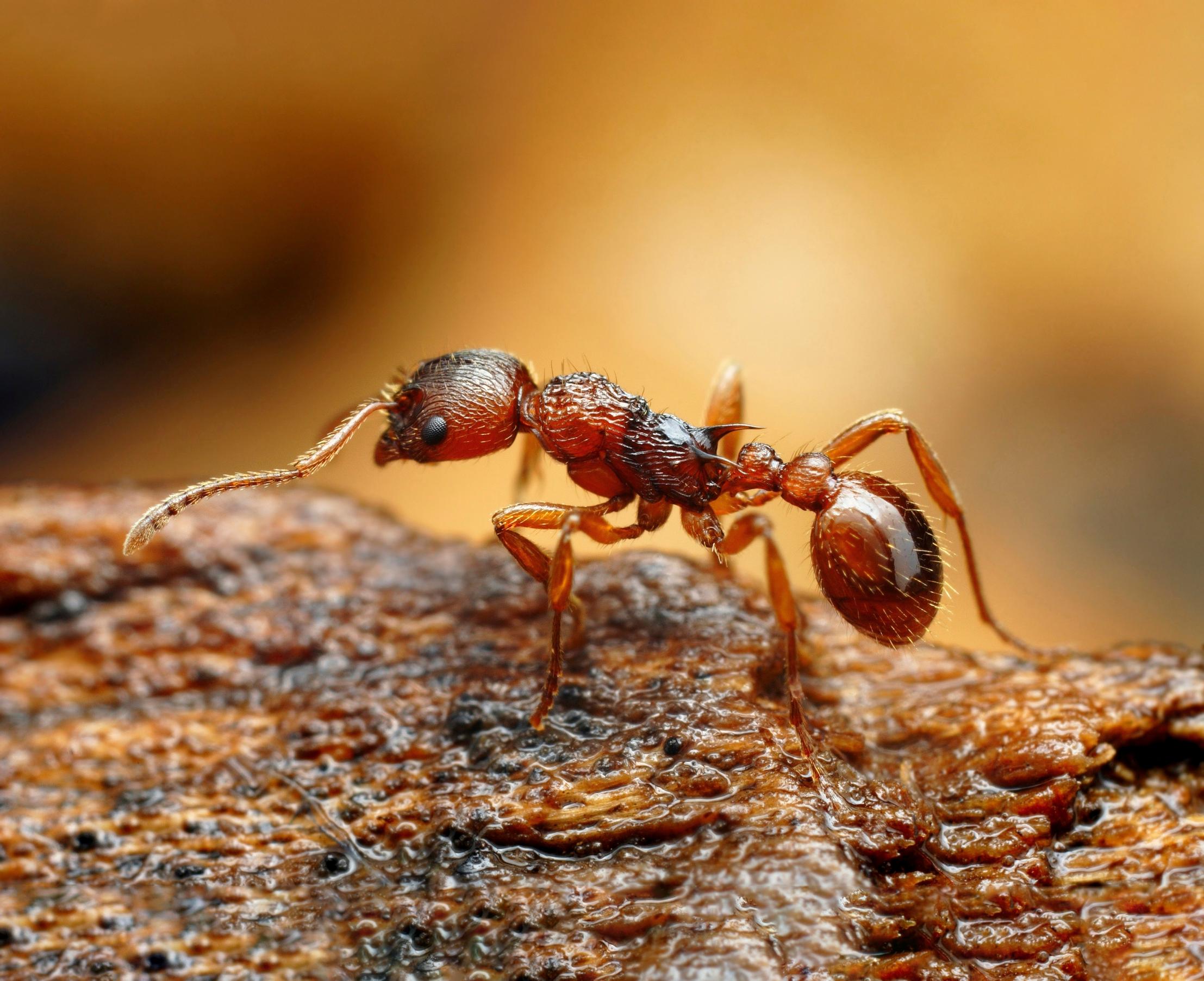
If it’s hard to love mosquitoes amid a summer evening’s buzz, remember this: in nature, no insect is useless.
No two years are alike, and the weather plays a major role in insect numbers. People talk about bad mosquito years, and in some summers horseflies and blackflies seem more numerous than in others. Both mosquitoes and horseflies love damp conditions and wet places, so in a bad mosquito year, it’s best not to encourage them with big barrels of water. Creating airflow using a table fan can help, as can odorless mosquito repellents.
Often the best option is simply to protect yourself from insects you don’t want around. And if you find it tough to appreciate mosquitoes on a summer evening, keep this in mind: in nature, no insect is useless.
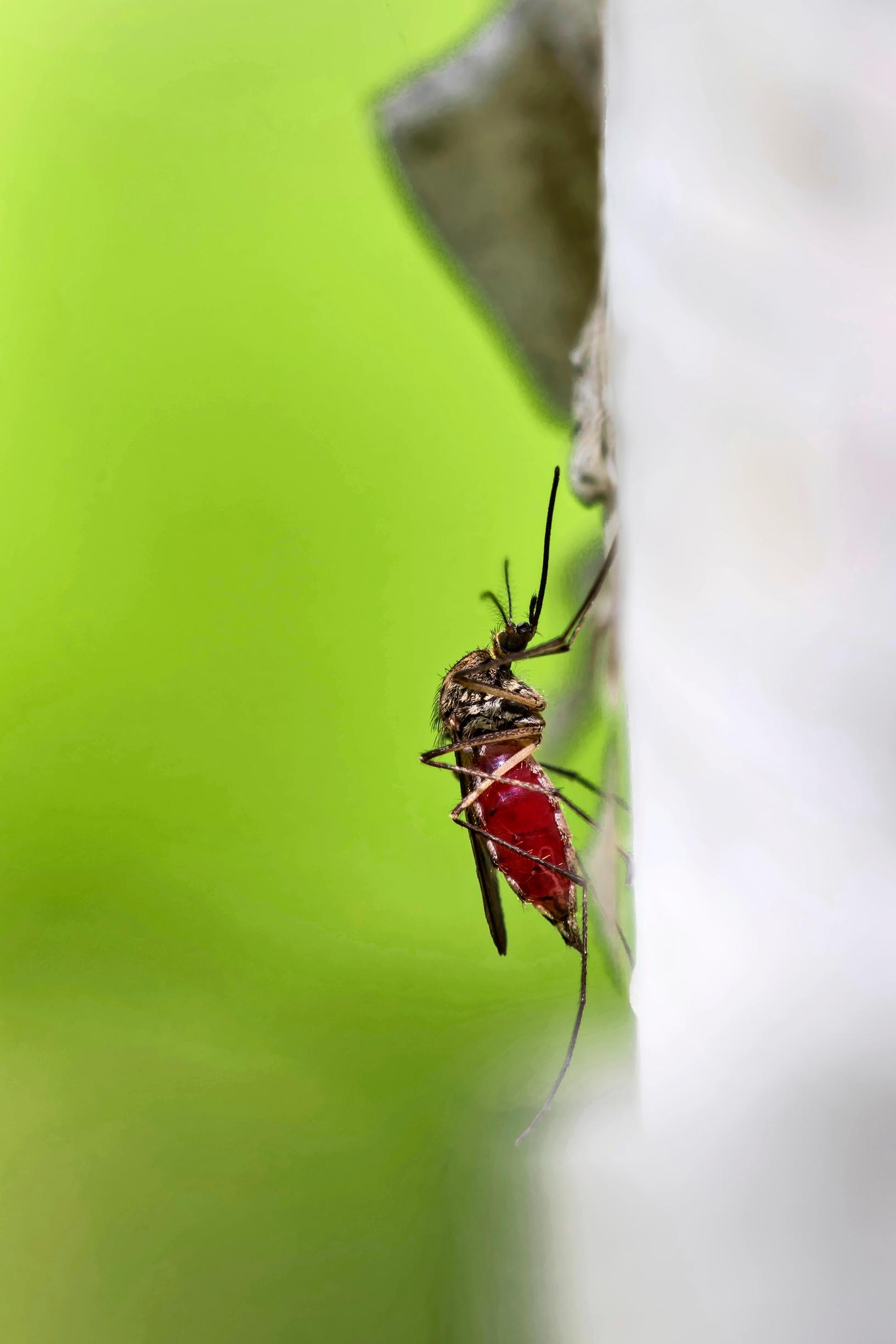
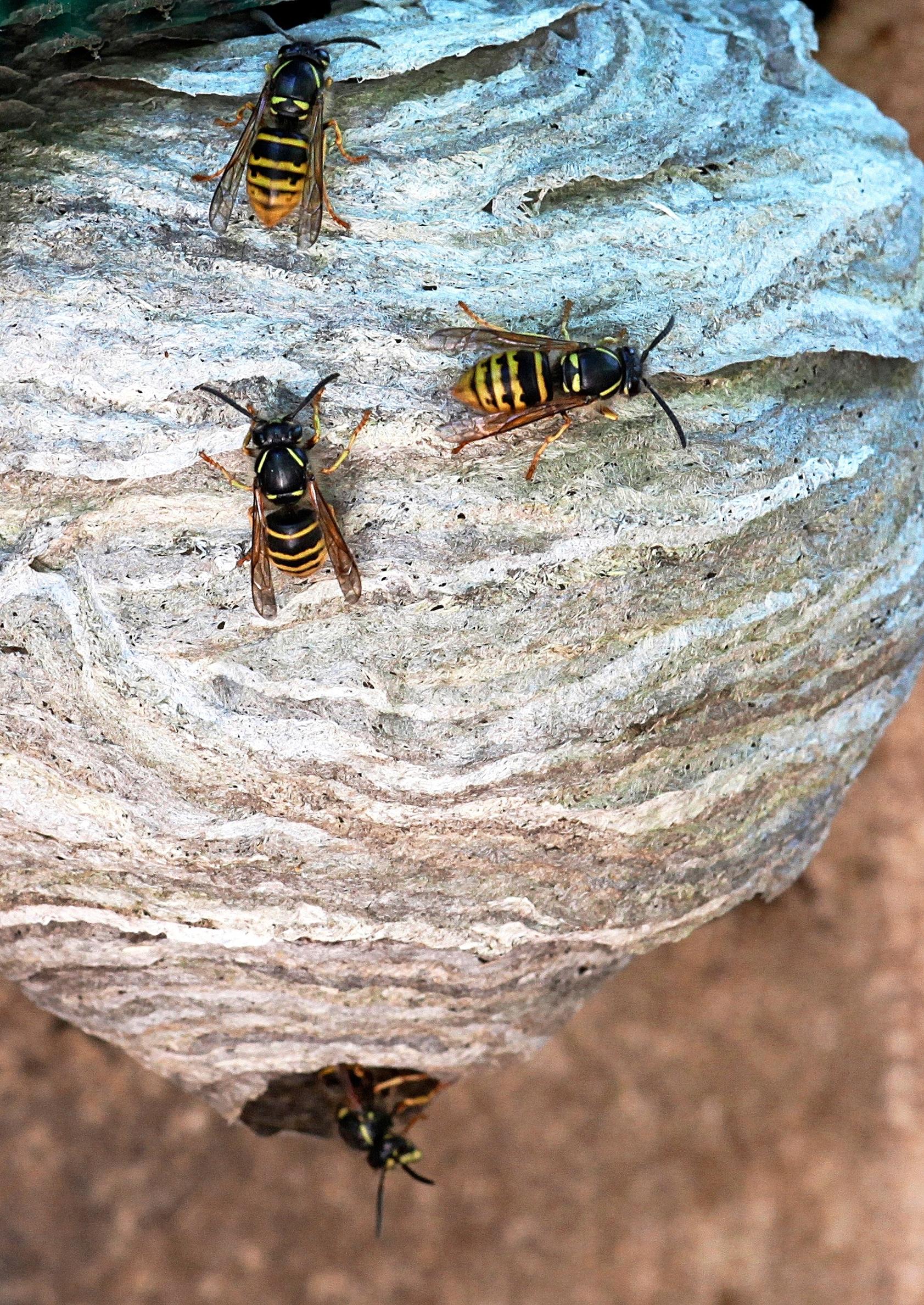
There are a surprising number of insect species in Finland
We talk about mosquitoes, ants, and wasps as though each one was just a single species, but the truth is much more varied.
- Finland is home to 43 wasp species. Of these, 12 are social wasps, 29 are solitary, and 2 are other wasp species. Only a few social wasps build a large, visible nest. Solitary wasps, on the other hand, are welcome pollinators in the yard.
- There are around 200 bee species in Finland, 43 of which nest in the ground. The honeybee is its own species. There are also 37 bumblebee species.
- Finland has 59 ant species. The black ant is the most common in yards, and other frequent types include mound-building ants like the red wood ant and the hairless wood ant.
- Finland has 38 known horsefly species. Only the females bother humans, as the males feed on flowers.
- There are 42 mosquito species, and only the females need blood to reproduce.
The expert consulted for this article is biologist and nonfiction author Leena Luoto of Flowerpecker.


